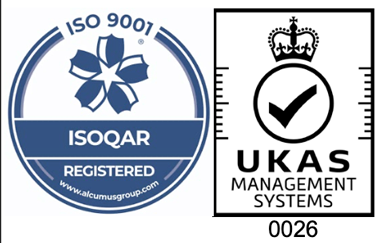Butyl Rubber
Isobutylene isoprene rubber, more commonly referred to as butyl rubber, is an isobutylene isoprene rubber composed of isobutylene and isoprene. Isobutylene is a chemical compound consisting of methyl and propylene. While isoprene, consisting of methyl and butadiene, makes the rubber unsaturated and able to vulcanize. This combination makes butyl rubber a highly flexible and durable material, used across various industries for its unique properties.
Key Properties of Butyl Rubber:
Today, butyl rubber is one of the most used synthetic rubber compounds on the market. It is highly impervious to gas and moisture permeation. It is also resistant to oxygenated solvents, alkalis, flexing, and abrasion, which makes it suitable for some applications. Butyl rubbers can provide high energy absorption as well as electrical isolation.
Butyl rubber is also highly resistant to sunlight, ozone, heat ageing, animal and vegetable oils, ammonia, and countless other chemicals. The molecular structure of butyl rubber can even be oriented to resist stress. Butyl rubber has a temperature range of -40 degrees C to +110 degrees C.
Applications and Benefits of Butyl Rubber
Butyl rubber is frequently used in the production of inner tubes, O-rings, stoppers for medical bottles, and pharmaceutical products. Its low permeability to gases, excellent resistance to sunlight, and high dielectric strength make it a top choice for industries requiring both durability and flexibility.
Benefits of Butyl Rubber
- Low permeability to gases
- Excellent resistance to ozone and sunlight
- Resistant to abrasion, oxidation, corrosion and gas permeation
- High dielectric strength
Butyl Rubber Products We Offer
By leveraging the many advantages of butyl rubber, industries can benefit from a material that offers superior protection against environmental factors, chemical exposure, and wear over time.
Request a specification sheet from us below.


